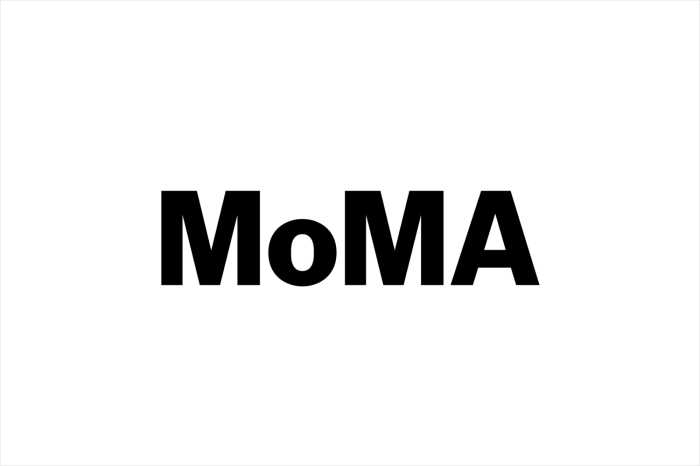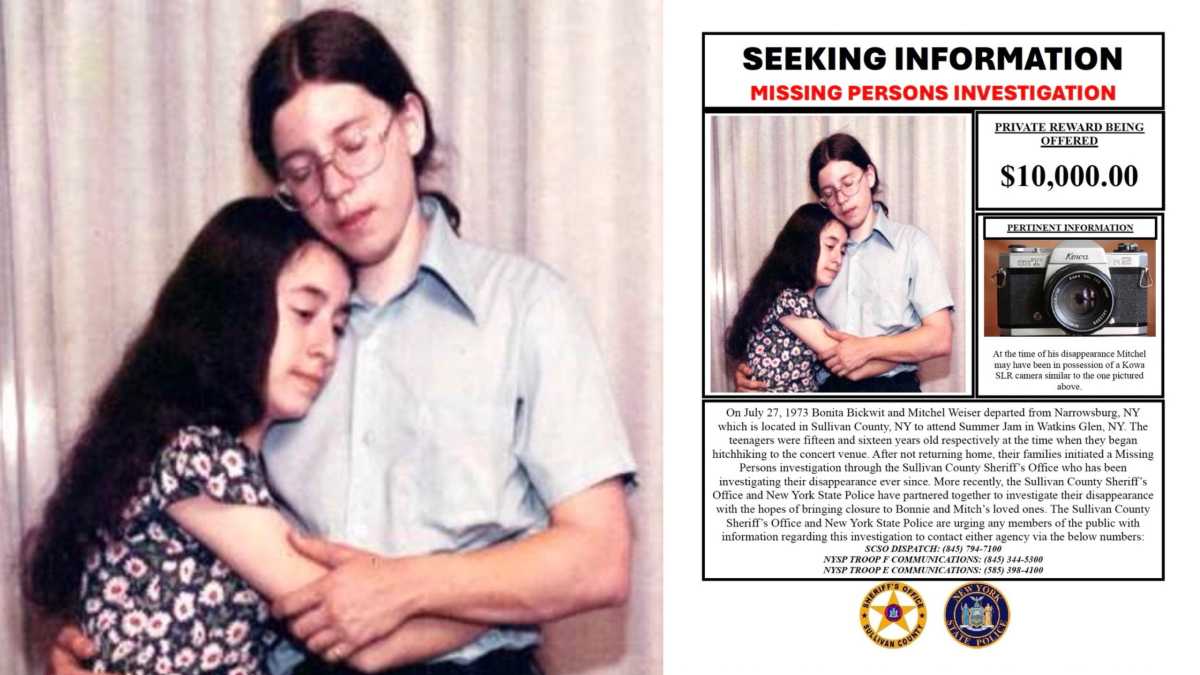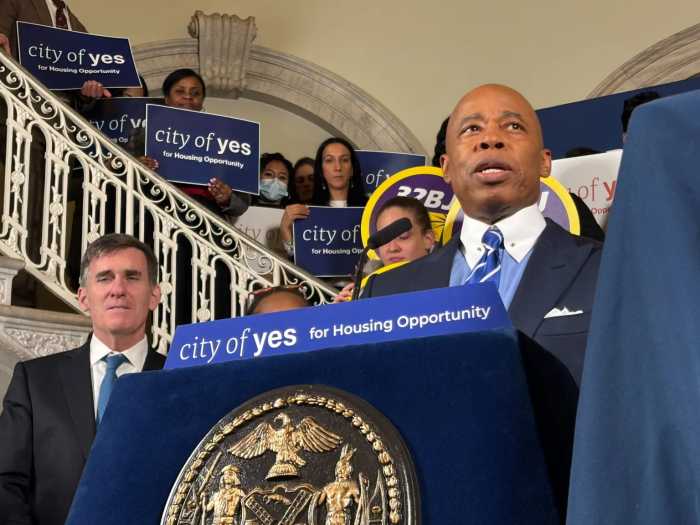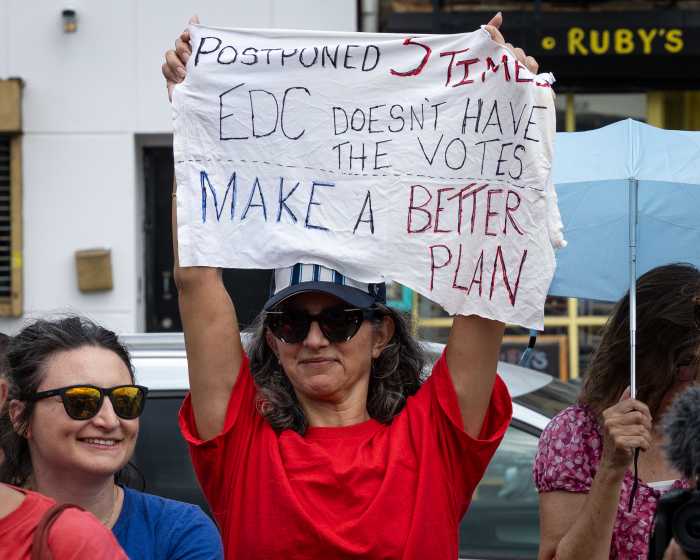A coalition of community advocates is again seeking a federal ban on nonessential helicopter flights over New York City, more than six weeks after a deadly chopper crash in the Hudson River.
In a letter to U.S. Secretary of Transportation (US DOT) Sean Duffy and Federal Aviation Administration (FAA) head Chris Rocheleau on May 15, the coalition of New York and New Jersey residents led by tourism chopper crackdown group, Stop the Chop NY/NJ, called the aerial tours “joyrides” that put lives in danger both on land and in the sky.
“These helicopters are not emergency aircraft; they’re joyrides and luxury charters disrupting daily life and putting people at risk,” Melissa Elstein, board chair of the nonprofit, said. “We’re asking the Department of Transportation and the FAA to act now before the next tragedy occurs, this time possibly over homes or schools.”
Concerns about helicopter traffic have been escalating since the tragic April 10 helicopter crash in the Hudson River that killed the pilot and all five passengers, including three children, on board.
Approximately 80,000 nonessential helicopter flights take place annually in New York-New Jersey skies. There were nine crashes over the previous 20 years and 30 NYC crashes since 1980 — including some with serious injuries and fatalities, according to Stop the Chop.
“And each time the FAA has failed to act to prevent the next tragedy,” the coalition letter states, while also citing concerns surrounding excessive noise and pollution. “For years, thousands of us here in New York and New Jersey have submitted noise complaints, reported helicopters flying at unsafe altitudes, contacted FAA regional offices, and appealed to elected officials — all with no relief.”

The NYC Council called for a similar ban when they passed Intro 26-A last month. This bill would prohibit nonessential luxury and tourism flights that leave Manhattan’s two heliports unless noise standards are met.
However, Mayor Eric Adams would have to sign the bill to make it law—something that is unlikely to happen since he has been supportive of the commercial helicopter industry and has doubled down on its economic benefits for the city.
“Use of helicopters, I should say, in this city, is more than just tourism. It’s also part of the business of moving our CEOs and executives,” the mayor said last month. “We have thousands of flights using helicopters and tourism. People want to see the city from the sky.”
Meanwhile, several members of Congress from the tri-state area have joined the push for a federal ban, citing the need for stricter regulations on chopper traffic over densely populated areas.
US Rep. Nicole Malliotakis (R-Brooklyn/Staten Island), through the Improving Helicopter Safety Act, has urged the FAA to hold helicopter operators accountable for veering off their designated paths, putting New Yorkers at risk, including those who live in her district.
“They were given a path to go over the Staten Island Expressway to get to Manhattan,” she said. “That was the path they were provided with, and they veer off and they use shortcuts and go at different altitudes so they don’t have to abide by certain rules. And that is where I feel that there is a public risk to residents of Staten Island, when you have these operators skirting the rules and turning neighborhoods into aerial shortcuts.”
While the FAA does not comment on proposed legislation, it noted that helicopters are not subject to the same minimum altitude restrictions as airplanes.
According to the FAA, airplanes must be at least 1,000 feet above the nearest obstacle when over densely populated areas. Chopper operators must fly so as not to pose a hazard to people or property on the surface.
But the debate on federal and local helicopter bans is expected to continue.
The Eastern Region Helicopter Council voiced opposition to the city’s Intro 26-A last month, charging that the bill “does not protect New Yorkers” but would eliminate “$75 million in economic revenue and hundreds of jobs.”
Jeff Smith of the council said helicopters “play a critical role” in the area’s infrastructure, economy and emergency response network.
“Rather than restricting access to airspace in a way that risks unintended consequences for public safety and economic activity, we believe the focus should be on thoughtful, data-driven solutions,” he said. “We remain committed to fostering constructive dialogue and working collaboratively with all stakeholders to ensure both public safety and operational responsibility in the airspace surrounding the New York metropolitan area.”
Smith added that “the helicopter community stands ready to engage in meaningful conversations” about the issues in the spotlight.




































